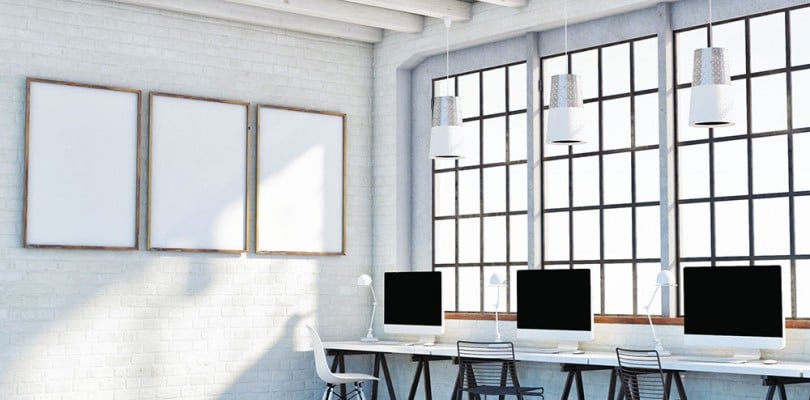Ventilation design requires specialized skills and competence. Mastering the basics and being familiar with the regulations is not enough. Each building is different and the needs and wishes of its residents are unique. Therefore, no single solution can be copied identically at another site. The HVAC designer must be an experienced professional in his or her field.
A good HVAC designer starts from the needs of the building’s end users – workers or residents – and can identify the issues and information required for specifying the indoor air quality level, even when the residents or other end users cannot provide them directly. The HVAC designer must be a good interviewer and judge of character.
When designing the ventilation system for a commercial building, a good HVAC designer is familiar with the future use of the building, to the extent that he or she can take account of and predict the challenges posed by the use to ventilation, even under changing conditions. The designer must also be aware of any special challenges when designing cleanrooms or spaces with precisely-controlled air conditioning systems for museums, art galleries, pharmaceutical and food factories and laboratories, for example. The HVAC designer must be something of a specialist of all fields.
A good HVAC designer is also sufficiently familiar with structural physics, the moisture behavior of different structures and construction materials, and other properties that have an effect on indoor air quality. The HVAC designer should also have a slight inclination towards being a structural designer and construction manager.
A good HVAC designer is familiar with the requirements of energy efficiency but can also understand human behavior. The completed system must also operate well when the end user does not quite understand the operation of the system and had no desire to learn it. The HVAC designer must be an energy specialist and behavioral scientist.
When designing the ventilation system for a residential building, a good HVAC designer is first and foremost a resident as well. The designer takes changing life situations, extended families, suddenly increasing moisture loads due to sports activities (or teenagers), pets, aquariums and excessive amounts of houseplants into account. The HVAC designer must be a specialist on how people live their lives.
People get used to a lot of things. If someone has lived in a home with poor indoor air quality, they may not be aware that something better is available. Then it is the HVAC designer’s duty to let him know what each and every resident and worker is entitled to: good indoor air. A good HVAC designer is a real indoor air superhero!



